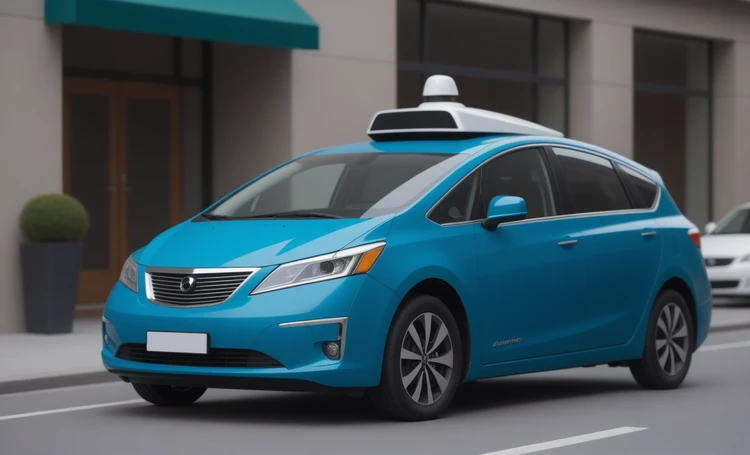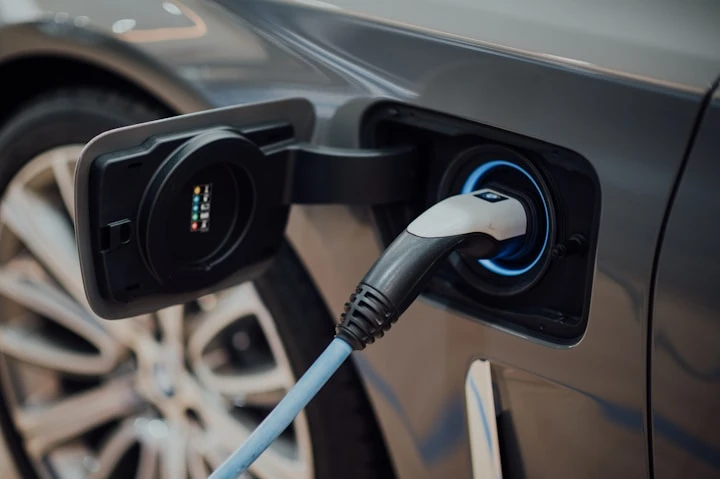Safety: autonomous cars and their role in reducing insurance payments 🚗💼
In the modern world, autonomous cars not only change the understanding of driving, but also have a significant impact on the insurance market. With the increasing number of autonomous cars on the roads in Germany, the USA and other European countries, the question of how this technology affects safety and, accordingly, insurance payments becomes relevant. If you're looking for a safe car and want to save on insurance, find a safe car and save on insurance here.
🛡️ Car safety: key points
Impact on accident reduction
Autonomous cars are equipped with systems that can prevent most road incidents:
- Advanced Sensors and Cameras: Provide greater visibility and perception of the environment, reducing the risk of collisions.
- Warning and Automatic Braking Systems: Help you avoid accidents by responding to potential threats faster than a human.
Thanks to these technologies, autonomous cars can significantly reduce the number of accidents.
Advanced data analysis capabilities
The use of big data and machine learning in autonomous vehicles allows:
- Predict and adapt to road conditions: Autonomous driving systems are able to analyze and predict the behavior of other road users.
- Continuous learning and improvement: With every drive, the vehicle's systems collect data, continually improving their performance.
This approach improves road safety and helps reduce insurance payments.
💲 The impact of autonomous cars on insurance payments
Reducing risks and insurance rates
With the decrease in the number of accidents thanks to autonomous cars, insurance companies are revising their rates:
- Reduced insurance premiums: Lower risk allows companies to offer more favorable insurance terms.
- Personalized Rates: Using vehicle data enables the development of customized insurance products.
This sets the stage for more affordable and fair insurance for drivers of autonomous vehicles.
Benefits for consumers
In addition to lower insurance costs, owners of autonomous cars receive additional benefits:
- Fewer safety concerns: Reducing the risk of accidents provides greater confidence in your travel safety.
- Save time and money: Reduce accident repair costsand allow you to do other things while you travel.
Changing approaches in insurance
Changes to autonomous vehicle insurance also include:
- New risk assessment criteria: A departure from traditional assessment methods, taking into account the specifics of the operation of autonomous systems.
- Integration with technology companies: Cooperation between insurance companies and autonomous car manufacturers to accurately assess risks.
These changes help insurers adapt to the new era of motoring and offer more accurate and fair rates.
🌍 Global perspective: autonomous cars and insurance in different countries
The United States, Germany and other European countries are actively introducing autonomous cars, which requires a rethinking of insurance systems:
- USA: One of the leading countries in the development of autonomous technologies. Insurance companies are actively working to create new insurance models, taking into account the characteristics of this market.
- Germany: A country with high safety standards and strict regulation. Here, autonomous cars can play a significant role in reducing insurance premiums due to their reliability.
- Other European countries: Each country has its own characteristics in the regulation and implementation of autonomous technologies, which affects the insurance market.
Table: Comparison of approaches to insuring autonomous cars
| A country | Features of insurance | Benefits for drivers |
|---|---|---|
| USA | Innovative insurance models, integration with technology companies | Flexible tariffs, taking into account individual driving characteristics |
| Germany | Strict safety standards, emphasis on reliability | High degree of protection, reliability of insurance products |
| Europe | Diversity of approaches depending on country | Adaptation to local legal and cultural circumstances |
📈 Statistics and forecasts
Statistics show that the introduction of autonomous cars can significantly reduce the number of road accidents and, accordingly, insurance claims. For example, studies in the USA show a 40% reduction in accidents with the introduction of autonomous systems. These data provide a basis for reviewing insurance rates and policies.
Examples of research
- Massachusetts Institute of Technology (MIT) Study: Shows that autonomous cars can reduce accidents by responding more effectively to traffic situations.
- European Insurance Association analysis: Notes the potential of autonomous technologies to reduce the frequency and severity of accidents.
🛡️ Impact on road safety
Reduced insurance payments are directly related to improved road safety. Autonomous cars provide:
- Fewer human errors: The main cause of accidents is human error. Autonomous cars minimize this risk.
- Better communication with road infrastructure: Improved communication between the vehicle and the road network results in safer driving.
- Accident Prevention: Autonomous car systems are capable of predicting and avoiding potential accidents.
Impact on ecology and urban planning
Autonomous cars not only improve safety, but also have a significant impact on the environment and urban planning:
- Reduced carbon emissions: More efficient use of fuel and the ability to integrate with electric vehicles leads to lower emissions.
- Optimizing City Traffic: Intelligent transportation systems can reduce congestion and improve overall road capacity.
- Redefining urban infrastructure: Possibility of changing the urban environment, for example reducing the need for large parking spaces.
📝 Conclusions
Autonomous cars are not just a technological innovation, but also a powerful tool for reducing insurance premiums and improving road safety. Their influence extends beyond the automobile industry to urban planning, the environment, and public perception of transportation. With the development and integration of these technologies, significant changes can be expected both in insurance and in the daily life of cities.


